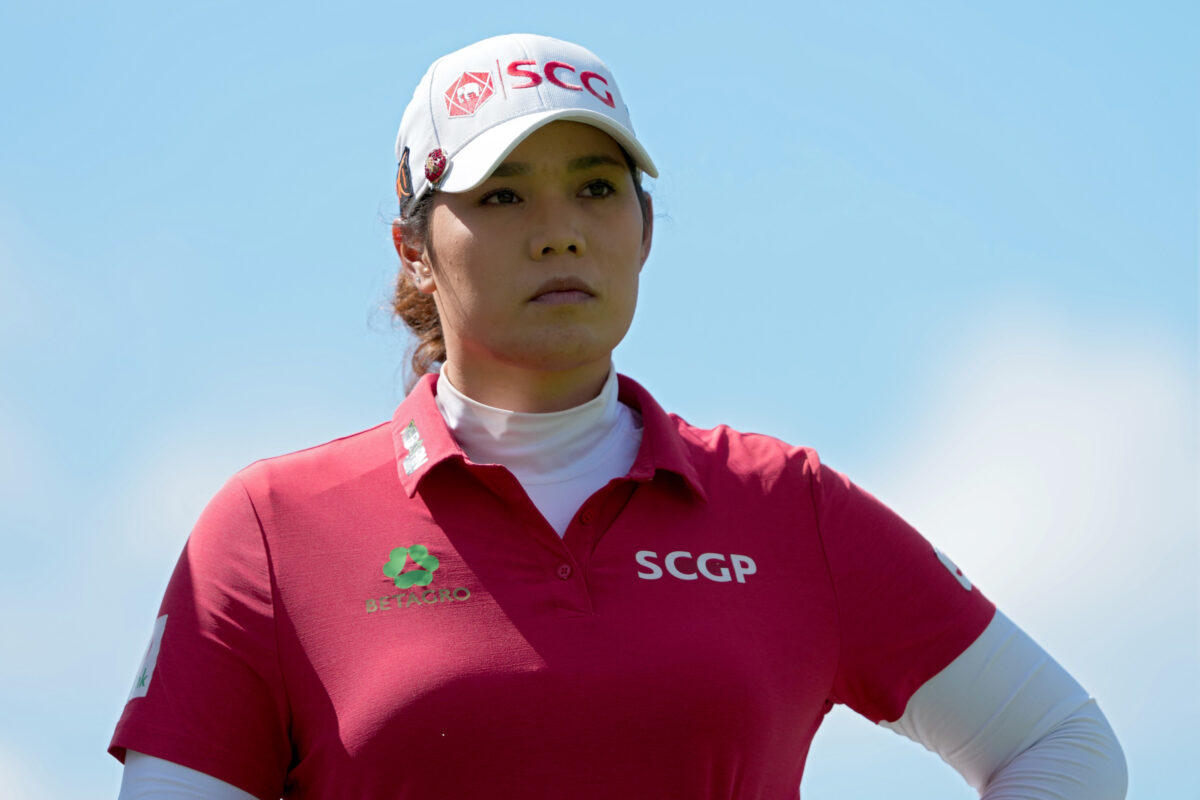Sunday’s unprecedented payday at the CME Group Tour Championship could be a life-changing day for one of 60 players at Tiburon Golf Club.
[jwplayer KOV21hKP-9JtFt04J]
NAPLES, Fla. – Stacy Lewis can’t put a price tag on what her first paycheck as a pro meant to her professional career. A share of third at the 2008 U.S. Women’s Open earned her $162,487, enough to eliminate the potential anxiety of paying the bills.
“Looking back, it was probably everything for my career,” said Lewis. “It completely took the pressure off.”
Sunday’s unprecedented payday at the CME Group Tour Championship – $1.5 million to the winner – could be a life-changing day for one of the 60 players at Tiburon Golf Club. Unlike previous years, anyone in the field can claim the big prize. The total purse for the week is $5 million.
CME Group Tour Championship: Tee times, TV info
CME’s commitment to raise the bar sends a message to current and potential sponsors, and everyone else, that women’s golf deserves more. There are favorites – World No. 1 Jin Young Ko, Nelly Korda and Lexi Thompson to name a few – but Caroline Masson believes that any of the 60 players here can win the CME. In fact, she’s hoping someone unsuspecting grabs the title to further illustrate the depth of the LPGA. Twenty different players have won on the women’s tour this season. The last player in the field to gain entry happens to be Lewis, a former No. 1.
Since turning pro more than a decade ago, Lewis has watched too many of her peers leave the game due to financial strain.
“There’s really only a handful left,” she said of friends who turned pro around the same time. “It’s a lot of pressure to play to pay somebody back that loaned you money. You can’t think about winning a golf tournament when you’re thinking about that.”
The LPGA played for $70.2 million in total purse money this season along with $1.1 million in bonus money for the Aon Risk Reward Challenge and Leaders Top 10 competition. While the LPGA’s total purse keeps rising, consider that the PGA Tour played for $343 million in the 2018-19 season, plus $70 million in bonus money.
“Sometimes people say that’s why the guys play so well,” said Jaye Marie Green, “because they’re playing for so much money, and they have so much money, where they just feel free.”
Ah, freedom.
Exactly when a player stops worrying about money depends in part, said Georgia Hall, on how much money they had to begin with. Some start with the backing of a national federation or, for the lucky few, deep-pocketed sponsors. Others rely on the Bank of Dad or a hometown community that passed the hat.
“When I first got out here,” said Green, “I didn’t worry about money at all because I was so young that I didn’t really have a grasp of what money meant.”
Now the 25-year-old Green has a mortgage.
It took winning her first LPGA title at Kingsmill for Lizette Salas to relax about money. Like most players, Salas is more interested in trophies than paychecks, but feeling financially stable certainly helps get players into the winner’s circle more often. And even though her parents don’t expect her to pay back a dime, it’s important to Salas that she takes care of her family too.
“It’s definitely shocking to see all the money go out so quickly,” said Salas of weekly costs on the road. “… You also have to think of it as an investment. You invest in a good caddie, good swing coaches. You invest in this business and hopefully in the long run, you’re going to get more than what you put in.”
Masson said financial stability helps players focus when in contention. Those who need money, might get distracted thinking about it.
“I think that’s when these thoughts are really creeping in,” said Masson. “A top-10 finish is still a lot of money, pay some bills.”
Rory McIlroy left East Lake with $15 million for winning the FedEx Cup this year.
“If you win $15 million in one week, what do you do?” asked Jenny Shin. “Buy five Ferraris?”
At 27 years old, Shin has earned more than $4 million inside the ropes and thinks often about money in big-picture terms.
“You start thinking how much is enough?” asked Shin. “How much will I need to earn to be happily retired? Is there such a thing as happily retired?”
A $1.5 million payday won’t likely send the CME winner into retirement, but, in a way, the whole tour will celebrate with her.
“Hopefully we can convince more people that we deserve to play for that kind of money,” said Masson, “and deserve the attention we get for it, too.”
[opinary poll=”how-much-should-professional-golfers-kno” customer=”golfweek”]


